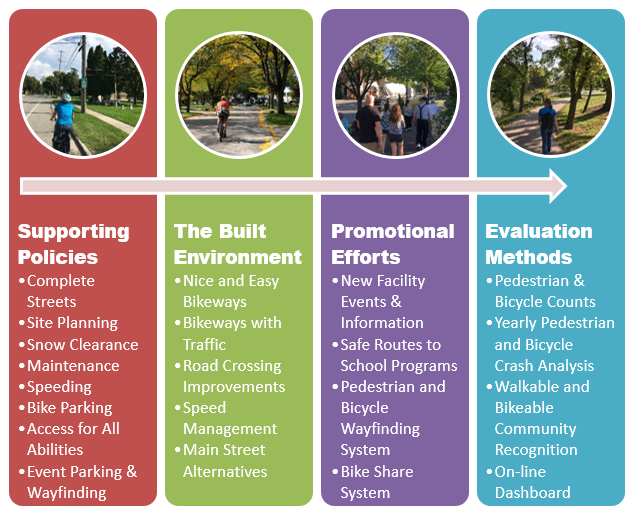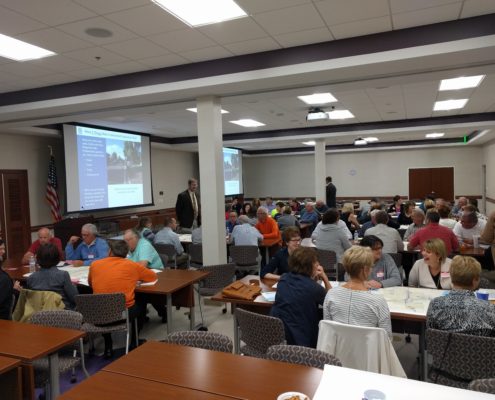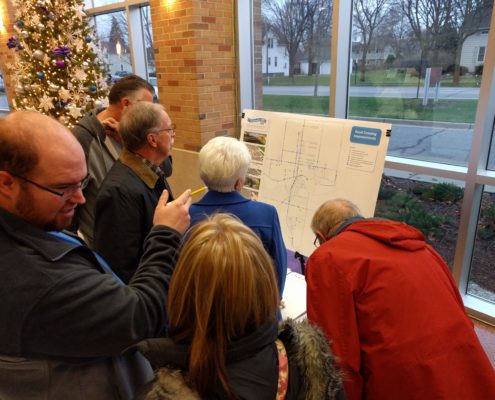The Complete Streets Planning Process investigates improved traffic management options for movement within the City of Frankenmuth. Movement takes on many definitions whether with vehicle or without, and in consideration of all types of users in varying levels of capability. At the end of this studied conversation, the expectation of the Steering Committee is that the Frankenmuth Complete Streets Plan will improve safety for all users of City streets and sidewalks, is realistic in scope and will cause positive action.
The Steering Committee, with input from the public and with expert guidance, is pleased to support the Complete Streets Plan authored by The Greenway Collaborative. Looking to focus on a policy that “improves safety, is realistic and causes action,” the Steering Committee states that “Frankenmuth streets do not match this community.”
Long-term success will take time. Deliberate effort and physical improvements will ensure that Frankenmuth streets and transportation system meet the community environment we work to create. The most critical issues facing the community are:




